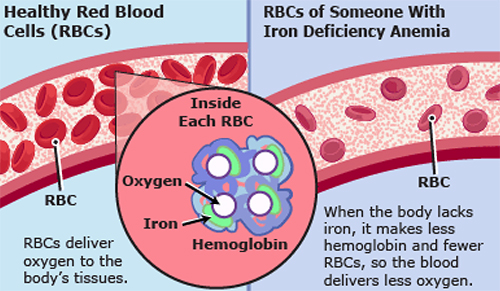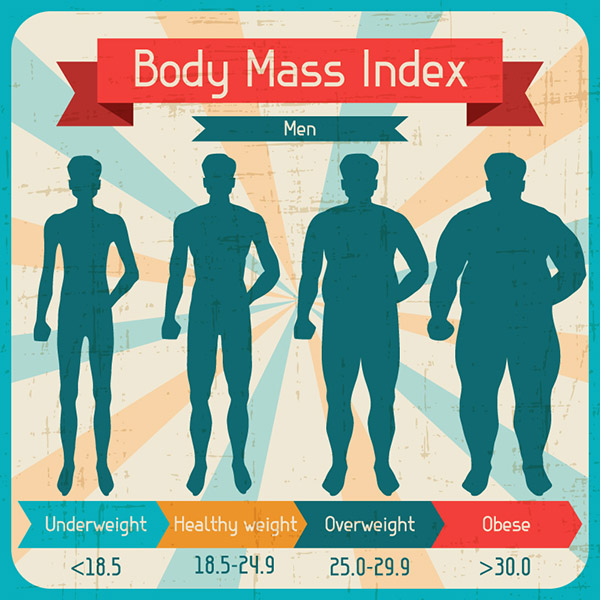Fitness rules you should break
- 26, August 2012
- In Tips
As your healthcare consultancy of choice, your wellbeing is the most important thing in the world to us. Here is some XPert advice on staying healthy, happy and full of life.
9 Fitness rules you should break
Workout strategies don’t get better with age. That’s because each year, fitness researchers release thousands of studies that challenge conventional thinking – or at least shed light on ways to tweak it.
We’ve identified nine stale fitness approaches and sifted through the latest research to come up with surprising updates that will land you a scorching body ASAP.
1. Position your hands shoulder-width apart
You often see this in instructions for upper-body moves like bench presses and lat pull-downs. Why? Because it gives you a stable starting point. But that doesn’t mean you need to stay there set after set.
“Spreading your hands a few centimetres further out stresses more of the inner portion of your biceps; bringing your hands in a few centimetres builds more of the outer part,” says personal trainer Steve Lischin.
Switch up your position after every set for balanced strength and overall tone.
2. Crunches for a flat tummy
Turns out Pilates abdominal exercises are superior to crunches for sculpting your midsection and uncovering those abs, according to a study at Auburn University Montgomery. An exercise called “the teaser” is especially effective.
It activates 39% more of your rectus abdominus muscle (that’s your six-pack) and 266% more of your external obliques (your love handles).
To do it: lie face-up on a mat. Lift your legs so your thighs are perpendicular to the floor and your knees are bent 90 degrees. Raise your hands toward the ceiling.
Lift your torso and straighten your legs, so your body forms a V. Hold for one second, then roll back down, keeping your legs raised. Do eight to 10 reps.
3. Squats equal a perfect bum
To flaunt that sexy bikini bottom by the time your beach getaway rolls around, try doing hip extensions instead of squats.
The move hits 55% more of your hamstring muscle and 79% more of your glute muscle, according to a study by the American Council on Exercise.
To do it: get on your hands and knees. Keeping your knees bent, lift your right heel toward the ceiling, then lower it back down to the starting position. Do 12 reps, then repeat on the other side.
4. Eat lots of extra protein for less jiggle and more tone
While it’s true that protein is a vital muscle food, your body can only use so much of it. “Any extra protein kilojoules you take in will be stored as fat,” says dietician Molly Morgan.
“As a general rule, remember that 20% of your kilojoules should come from protein.” So if you’re eating a 7 500kJ diet, try to shoot for a maximum of 1 500kJ, or 90g, of protein each day. Low-fat milk and cheese, broccoli and chicken are all good sources of lean protein.
5. Up-down-up-down. Repeat
Instead of raising and lowering a weight (or your body weight) in one continuous motion, pause for a second about halfway up, continue the movement, then pause again about halfway down.
“In a set of 8 to 12 repetitions, you’ll add only an extra 16 to 24 seconds to each set, but you’ll exhaust your muscles,” Lischin says.
Translation: you’ll fry more fat without sucking much more time out of your schedule.
6. Watch yourself in the mirror while you work out
While the occasional glance at your reflection to check form is a good idea, for exercises that involve balance, such as the one-legged squat, you’ll get a bigger boost if you face away from the mirror and close one eye.
Doing so activates neural pathways between your brain and your muscles that you don’t otherwise use. “That forces your body to establish better balance,” says speed and strength coach Carter Hays.
7. Burn the most kilojoules with cardio
According to a recent University of Southern Maine study, 30 minutes of weight training burns as many kilojoules as running at a blazing six-minute-per-1.5km pace for the same amount of time. And it has the bonus of building more muscle tone than running.
What’s more, unlike aerobic exercise, lifting weights has been shown to boost your metabolism for up to 39 hours after you finish your last rep.
Interval training – short, all-out sprints interspersed with periods of rest – has yielded similar benefits. For optimal results, do a total-body weight-training workout three days a week, resting at least a day between sessions, and do intervals on at least two of the off days.
8. Rest between sets
“Less rest increases your kilojoule burn and adds a cardio component to strength training,” says personal trainer Lindsay Dunlap.
Try supersets: two exercises performed back to back. For example, you might do a set of push-ups immediately followed by a set of seated cable rows, then rest a minute before repeating.
9. “Pinch” yourself daily for motivation
The scale measures water and muscle too. It’s not a great indication of fat loss. For a better – and more, um, hands-on – progress report, place your fingers on your tummy and inhale deeply so that it expands. As you exhale, contract your abdominal muscles and push your fingertips against your hard abdominal wall.
Now pinch. “You’re holding pure fat,” says Dr Tom Seabourne, author of Athletic Abs. Do this every day, 30 minutes before your workout, and you’ll find that you rarely decide to skip a session.
Electronic Scheme Forms
Broker Appointment Forms
Recent Posts





